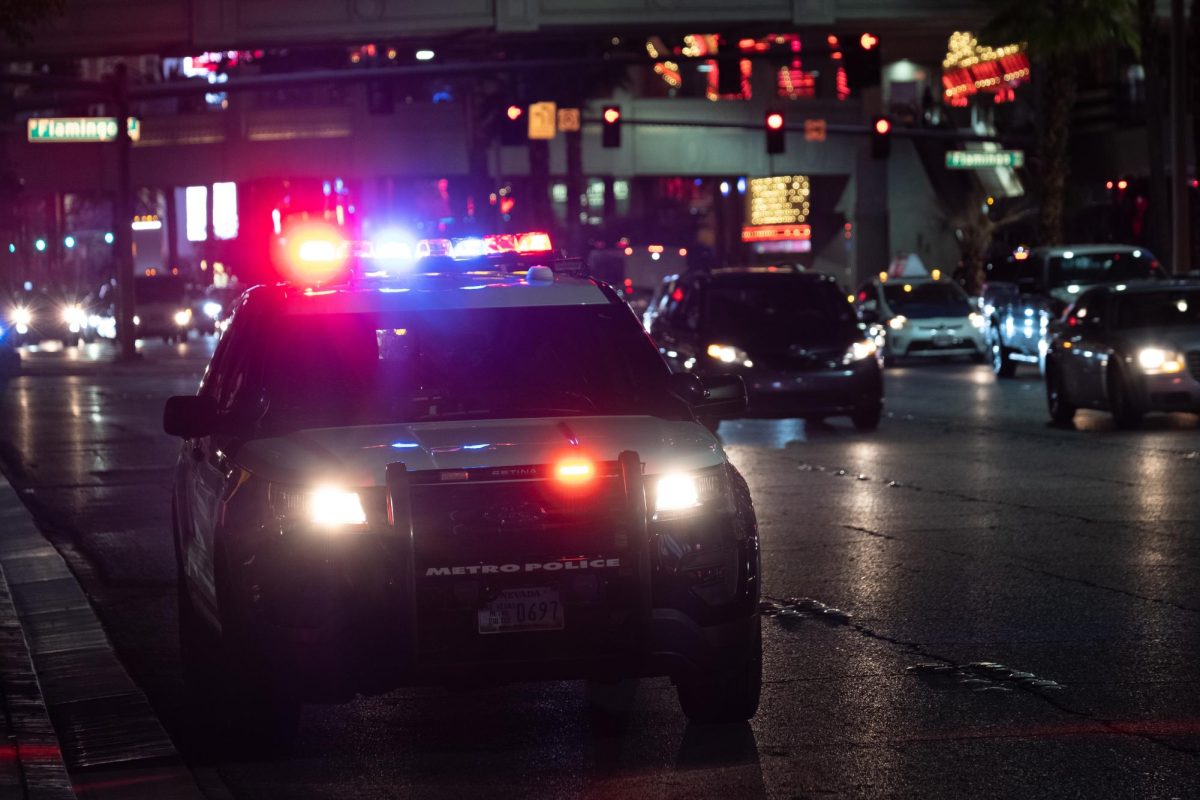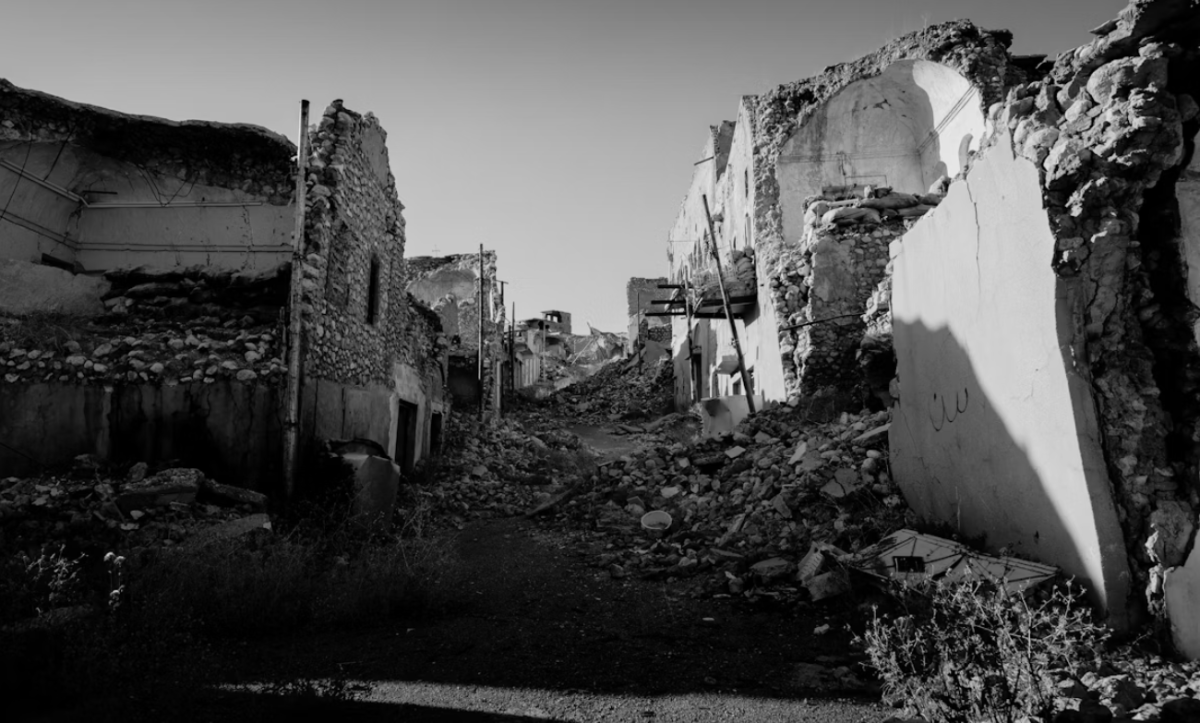Over the past few weeks, the murder of Lilie James has been a prevalent story within Australian media, one which has confronted many with the reality of just how common domestic violence is within New South Wales.
Lilie James was a 21-year-old water polo coach at St Andrew’s Cathedral School, and a student at the University of Technology Sydney studying Sports Business. On October 25th, last seen alive at 7 pm, James was lured to her place of work and bludgeoned to death, her body found by police just before midnight in the school’s gymnasium bathroom. She suffered serious head injuries and was apparently unrecognisable when she was found.
Before her death, CCTV footage captured her colleague, Paul Thijssen, 24, following her into the bathroom, and coming out an hour later without her. Lilie James and Paul Thijssen had recently started dating just five weeks prior to her death, leading him to be the prime suspect in the investigation, especially after his sudden disappearance.
A second crime scene was later set up 11km away at The Gap in the suburb of Vaucluse where Thijssen was last sighted. On October 26th, a backpack belonging to Thijssen was found, with a hammer inside. On October 27th, a group of construction workers spotted a body near the rocks at Diamond Bay Reserve, which police later identified as Paul Thijssen.
This devasting story has sparked a conversation around the issue of domestic homicide and violence against women. Although Thijssen lacked criminal antecedents and had no previous apprehended violence orders against him, this case is just another example of the pressing issue of femicide.
According to White Ribbon Australia, a woman in Australia has been murdered every 5 days at the hands of their partner so far in 2023.
One question often asked of domestic violence victims is why they didn’t speak up earlier or see the ‘red flags’. However, in Australia, victims of domestic violence have been seen to face a multitude of legal obstacles, due to many reasons, such as fears of stigma, retribution, or lack of support from law enforcement.
As seen in a study conducted by the NSW Law & Justice Foundation in 2019, it was found that sufferers of domestic violence are 10 times more likely to face legal problems in comparison to the general population. After surveying approximately 20,000 Australians, interviewees who were victim to domestic violence on average experienced 20 legal disputes in the previous 12 months, unlike others who only reported experiencing on average 2 legal problems over the previous year. Victims of domestic violence are often stated to have encountered custody battles, divorce, and civil disputes over assets, or other legal disputes in relation to finance, employment, housing, health, personal injury, or government payments. Moreover, according to the Australian Institute of Criminology, victims of domestic violence often suffer severe mental health issues such as anxiety and depression along with an impairment in social skills. Such individuals are more likely to engage in substance abuse or self-harm, additionally suffering from bodily injury due to physical violence.
Very recently, there has been discussion regarding domestic violence in NSW parliament, specifically about coercive control. Coercive control is a form of domestic abuse otherwise known as “intimate terrorism” (Source: Pullos Lawyers). In November of 2022, the Crimes Legislation Amendment (Coercive Control) Act 2022, was passed in NSW parliament, in response to findings in the Coroner’s Court that in cases of domestic homicides, coercive control was present in 99% of relationships prior to death.
Alongside such findings, the domestic homicide of Hannah Clarke in Queensland, and the murder of domestic abuse victim Preethi Reddy in Sydney, sparked major discussions regarding coercive control in NSW. Following the recommendations of the NSW Joint Select Committee on Coercive Control to criminalise such behaviour, the offence will most likely come into effect in June of 2024, in partnership with a relevant task force that will oversee the implementation of the offence. Additionally, the NSW government has commenced the construction of emergency accommodation in regional NSW to provide refuge for women escaping domestic abuse. Due to be completed in 2026, these women’s refuges are a response to over 33,000 domestic incidences during the course of 2022, and the 156 deaths of women in the past 10 years due to domestic violence.
All this considered, any step made by the law regarding domestic violence, is a step in the right direction. However, the question we are left with is when will such responses be enough to finally stop the recurring pattern of violence against women?
Lilie James is only one of the 58 women who have been killed just this year in Australia, the case only reinforcing how crucial the need for change is in this realm.










